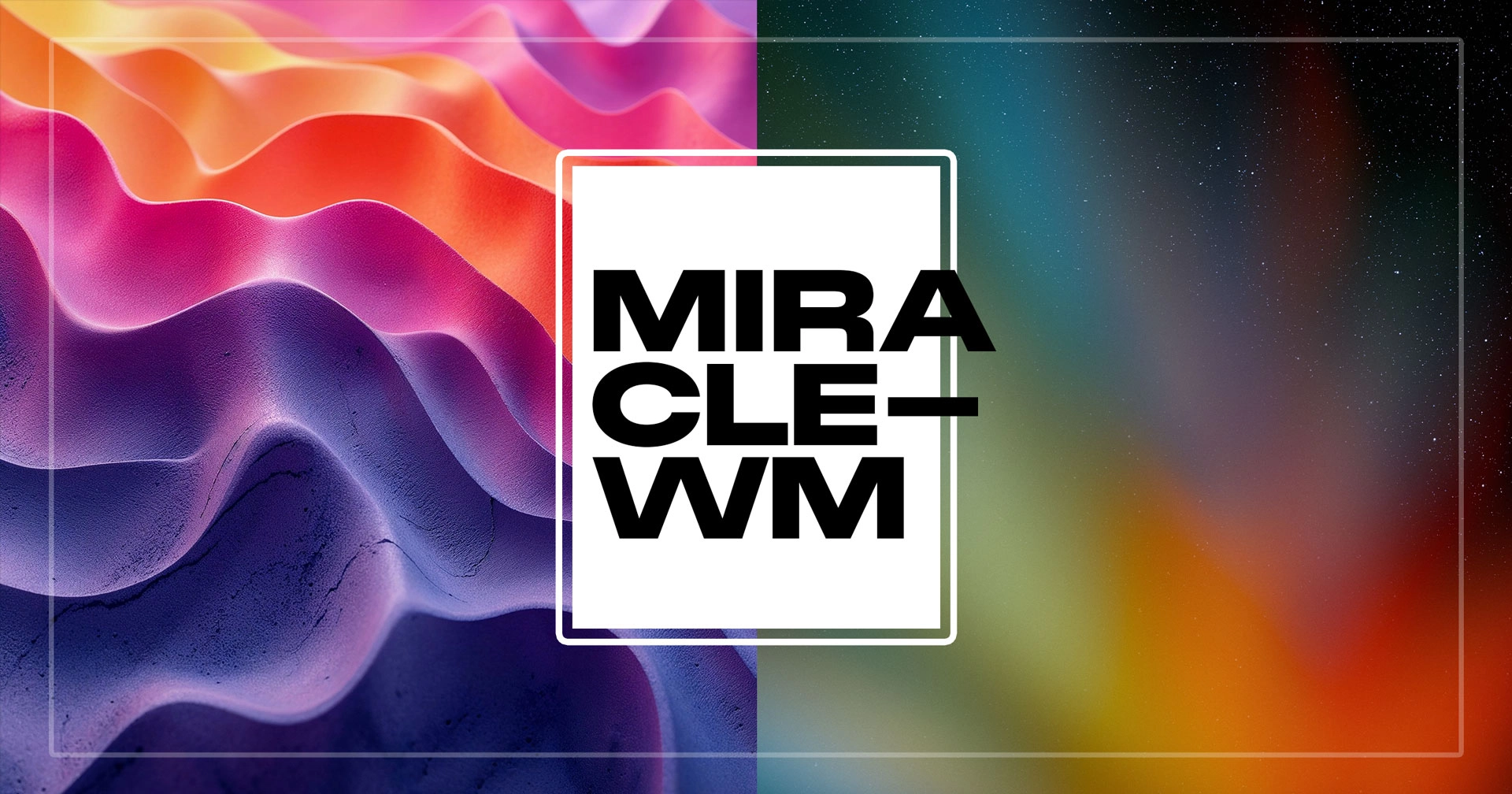If you’re yet to try Miracle-WM, a tiling window manager made for the Mir Wayland compositor, the latest version would be a stellar place to start.
Created by Canonical engineer Matthew Kosarek (in his free time; it’s not an official Canonical project), miracle-wm aims to pair the efficiency tiling window managers such as i3 and Sway provide with “flashier graphics […] full of smooth transitions and colors”.
The previous releases of miracle-wm tackled the fundamentals the former of those aforementioned aims requires, and the new miracle-wm 0.3.0 release begins to add the bling needed to help realise the latter aspect.
Slick animations have been added when opening applications, moving windows, and resizing windows when tiling. Switching workspaces also uses an animation. All of the animations included are configurable (and turn-off-able) too.
You can see the new features in action in the following video made by Matthew Kosarek (who says it’s ‘hastily made’ and better videos will follow in future):
An overview of changes in miracle-wm 0.3.0:
- Animated window opening, moving, and resizing
- Animated workspace switching
- Borders can be shown around windows
- Focused window border can use a different colour
- Improved support for i3 IPC, including
focus,split&sticky - Workspaces can set default layout rule (“tiled” or “floating”)
- Snap upgraded to use Core24
- Misc bug fixes for XWayland, fullscreen behaviour + more
While this release is said to be in a better ‘daily-driver’ state than the previous version, the whole endeavour remains a WIP and, until the first 1.0 release lands, is classed as pre-release software. Anyone trying it out should keep that firmly in mind.
Install Miracle-WM on Ubuntu
You can install miracle-wm on Ubuntu from the Snap Store by opening a Terminal window and running the following command: –
sudo snap install miracle-wm --classic
Once it has fully downloaded, uncompressed, and installed you need to log out of your current session, choose Miracle from the session menu (lower right-hand corner cog menu), and log in again.
Nothing much will show on screen after you log in to miracle-wm, bar a minimal waybar panel. This is because miracle-wm is a window manager and not a fully-featured desktop environment.
Edit the miracle-wm config file (~/.config/miracle-wm.yaml) to customize miracle-wm’s settings (e.g., set keyboard shortcuts, adjust gap size, etc.) and load up the apps/utilities you want to use for a richer end-user experience.
Alternatively, you can also run miracle-wm in a window on the standard Ubuntu desktop. This way you can edit the configuration file and see changes without needing to log out, in, out, in, etc.
WAYLAND_DISPLAY=wayland-98 miracle-wm
The official project wiki covers this detail, so check that out.
Do drop the names of any apps/tools you like to use in similar minimal wm setups down in the comments. Is rofi still the best app launchers? Is feh still in fashion for desktop backgrounds? Let me know!
